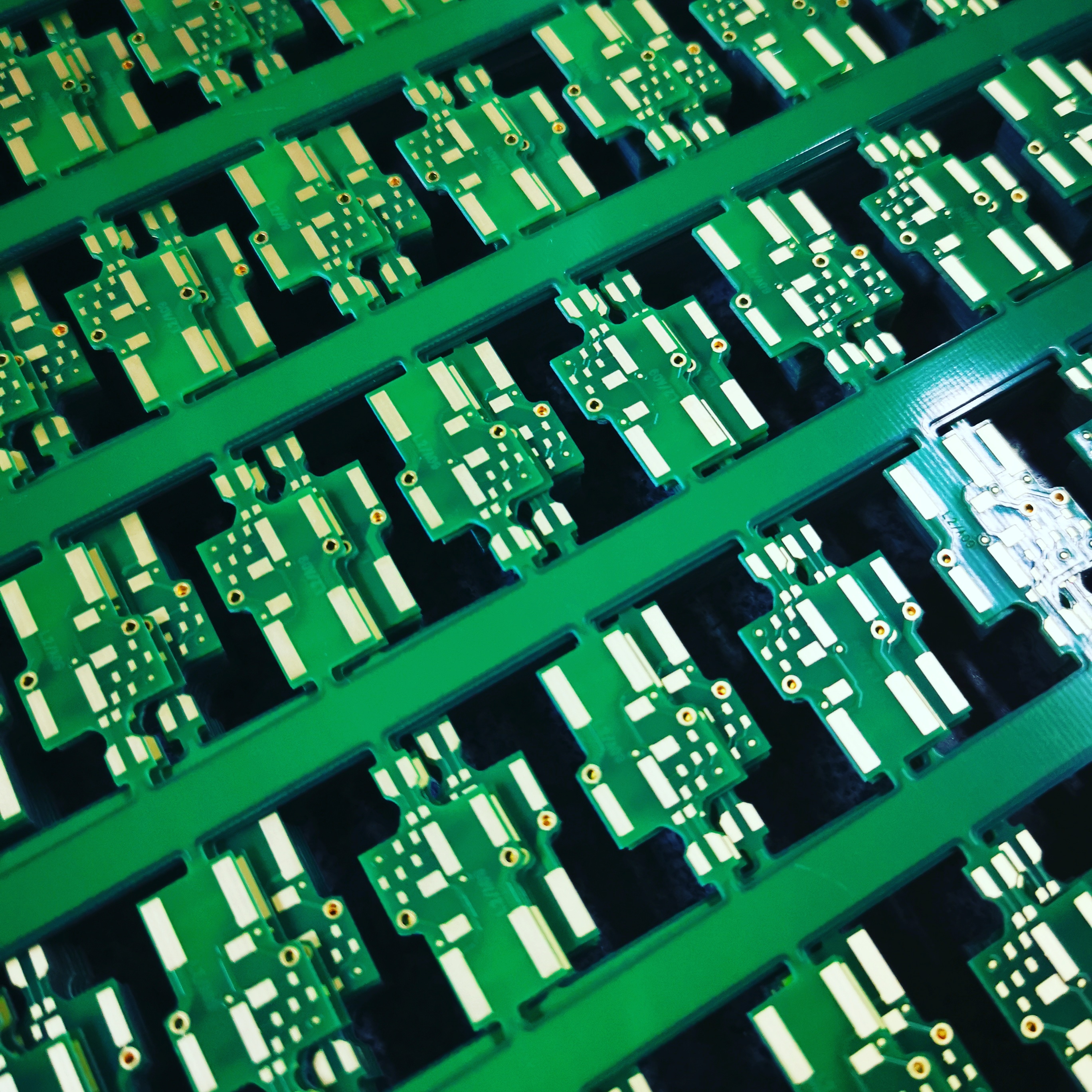In the process of circuit board manufacturing, a process defect of copper wire peeling of the PCB circuit board sometimes occurs. Such defects can affect product quality. There are several common reasons for copper wires of PCB to fall off:
PCB fabrication and assembly process factors
1. The copper foil is over-etched. The electrolytic copper foil used on the market is generally single-sided galvanized and single-sided copper-plated. The common copper wire shedding is generally galvanized copper foil of 70um or more. Single-sided copper plating and galvanized copper foil of 18um or less have basically not experienced copper stripping.
2. A local collision occurred in the PCB process, and the copper wire was separated from the substrate by external mechanical force. This process defect shows that the orientation of the line is shifted, and the dropped copper wire will have obvious distortion or scratches marks in the same direction. Peel off the copper wire to look at the copper foil matte side, you can see that the copper foil matte side is normal, there will be no side corrosion defects, and the copper foil peel strength is normal.
3. The PCB circuit design is unreasonable. If the thick copper foil is used to make a thin circuit, the circuit will be over-etched and the copper will be thrown away.
Laminate process factors in circuit board manufacturing
Under normal circumstances, as long as the laminate is hot-pressed for more than 30 minutes, the copper foil and prepreg are basically combined. Therefore, lamination generally does not affect the bonding force between the copper foil and the substrate in the laminate. However, during the lamination process of the laminate, if the PP is contaminated or the copper foil is damaged, the bonding force between the copper foil and the substrate after lamination will be insufficient, causing the copper wires to fall off. However, there is no abnormality in the peeling strength of the copper foil near the test line.

Laminate raw material reasons
1. Ordinary electrolytic copper foils are zinc-plated or copper-plated products. If the copper foil has abnormal peaks during production, or when galvanized / copper-plated, the plating dendrites are poor, resulting in insufficient peel strength of the copper foil itself. When a bad foil pressed sheet is made into a PCB after inserting it in an electronics factory, the copper wire will fall off under the impact of external forces. This kind of bad copper peeling peels off the copper wire and looks at the matte side of the copper foil (that is, the surface in contact with the substrate) without obvious side erosion, but the peeling strength of the entire copper foil will be poor.
2. Poor adaptability between copper foil and resin: some special performance laminates, such as HTg sheet, are currently used, because the resin system is different, the curing agent used is generally PN resin, the molecular structure of the resin is simple, and when cured The degree of cross-linking is low, and it needs to match the copper foil with a special peak. When producing laminates, the use of copper foil does not match the resin system, resulting in insufficient peel strength of the sheet-clad metal foil, and poor copper wire shedding when inserting.
Welding process factors
In addition, improper operation during soldering may cause the pads to fall off (especially single and double panels, multi-layer boards have a large area of ground, fast heat dissipation, and the temperature required for soldering is also not so easy to fall off), for example: repeat welding the same spot, the soldering iron temperature is high, or the soldering iron tip applies too much pressure to the pad.


